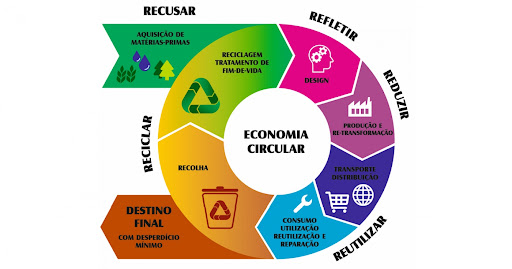
Updated: 20/07/22
More and more companies are doing their bit for the environment. They do so not only out of conscience, but also to make customers see them in a positive light. For this reason, more and more companies are turning to the circular economy to make more profit.
¿What is the circular economy?
In order to implement the circular economy in your company you need to know what it is in the first place.
We can define circular economy as a model in which waste is not wastedThe waste is recycled, i.e. converted back into raw materials. In this way, everything is put to good use and the environment is not so badly affected by the company's production.
In order to be successful, what is usually done is to opt for production based on the creation of products that are easily exploitableThe waste must be recoverable or recyclable. In addition, the company should take care to include responsible consumption to reduce waste and take care of waste management in case it cannot be recycled. The aim is to make good use of waste and to avoid harming the environment.
Business models that allow companies to enter the circular economy
Taking into account the WBCSD data, we are going to present a list of business models through which the company can join the circular economy.
- Circular supply:
You can implement the circular economy in your company through the use of renewable energies. You can also go bio-based or use recycled or recyclable products.
- Resource recovery:
This category includes companies that are committed to reusing raw materials, by-products or waste through different mechanisms in order to give them a second use.
- Extending the life cycle of products:
The aim is to give products a longer service life. To achieve this, they must focus on repair, sales and upgrades. And, of course, by durable design, leaving behind early expiry or planned obsolescence.
- Exchange platforms:
These are companies that are committed to communicating with users in order to get them to share products or services and thus get more out of them. It is also done through ownership or access, the objective being to obtain greater profitability from them.
- Products as a service:
These are companies that allow customers access for a fee, i.e. a kind of rental. In this way, there is no need to have so many resources, as they are rotated and the company continues to make a profit.
In order to create a circular economy, it is necessary to carry out an in-depth study to see what the company's needs are. Of course, technology is largely to blame for making this possible, as it helps to make regulation much simpler. That way, production costs are reduced and you can get more out of what you make.




